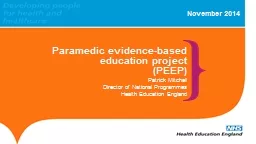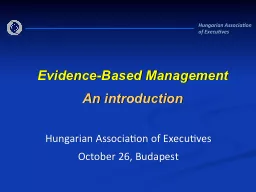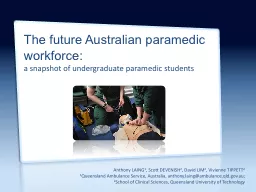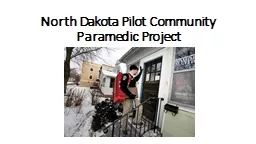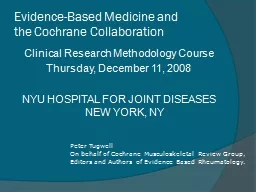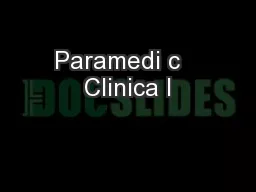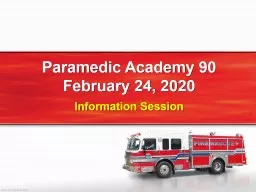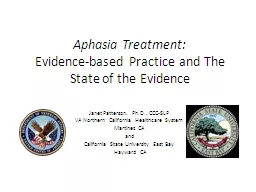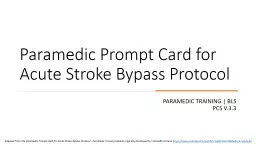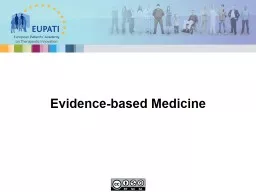PPT-Paramedic evidence-based education
Author : olivia-moreira | Published Date : 2016-06-13
p roject PEEP Patrick Mitchell Director of National Programmes Health Education England November 2014 Background Commissioned by DHs National Allied Health
Presentation Embed Code
Download Presentation
Download Presentation The PPT/PDF document "Paramedic evidence-based education" is the property of its rightful owner. Permission is granted to download and print the materials on this website for personal, non-commercial use only, and to display it on your personal computer provided you do not modify the materials and that you retain all copyright notices contained in the materials. By downloading content from our website, you accept the terms of this agreement.
Paramedic evidence-based education: Transcript
Download Rules Of Document
"Paramedic evidence-based education"The content belongs to its owner. You may download and print it for personal use, without modification, and keep all copyright notices. By downloading, you agree to these terms.
Related Documents

